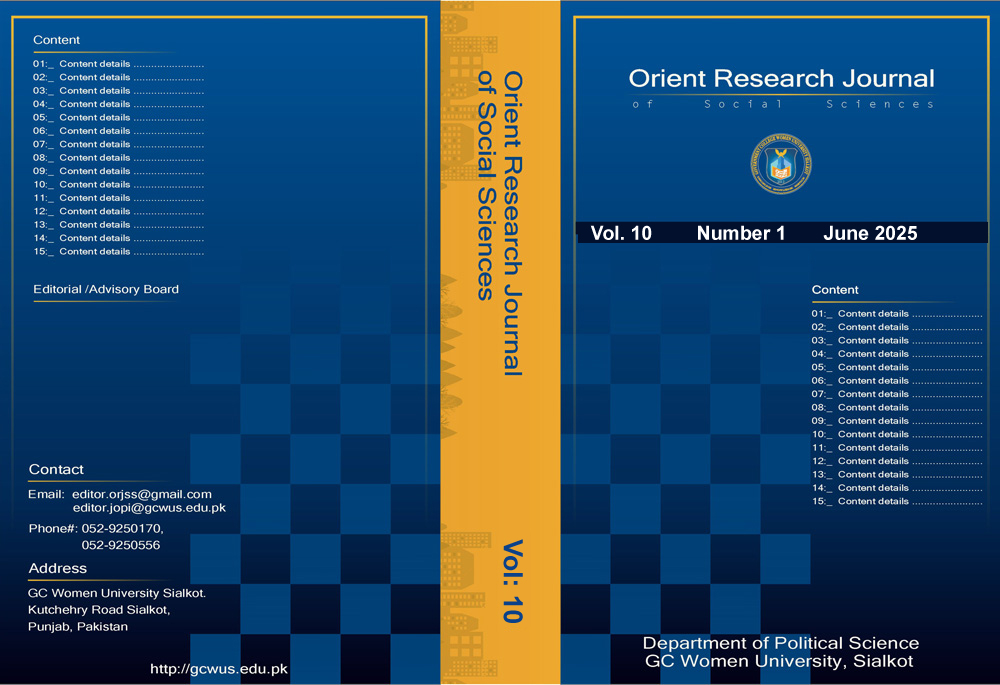Global Aviation Workforce Equilibrium: A Strategic Cross-Border Staff Redistribution in Low-Cost Carriers
Keywords:
Human Resource Transfer, Workforce Redistribution, Low-Cost CarriersAbstract
This paper is an attempt to understand the dynamics of human resource transfer in the service sector given that overstaffing and understaffing issues in service sector. Examining different service sectors, most importantly low-cost carriers (LCCs), this research endeavor to explore the case of Pakistan International Airlines (PIA) to demonstrate how strategic human resource transfers can fully optimize workforce allocation in LCCs. A large number of service sector industries, like aviation, health, and education, have severe challenges with regard to staffing. If an organization is overstaffed, it can get operationally inefficient along with creating financial burden, while understaffing can avoid quality of service and customer satisfaction. Given the increase in demand for jobs with favorable and unfavorable compensation, it is essential that effective ways to manage these staffing dynamics to be identified in order for organizations to remain sustainable and competitive. The research is based on the extensive review of the past literature concerning the over and understaffing problem encountered by a service sector and how the past literary findings can help getting over the overstaffing and understaffing issue through cross border staff re- distribution in LCCs like PIA. The findings suggest that by delegating strategic human resource transfers to the understaffed, low-cost airlines could gain productivity benefits of their overstaffed counterparts, while simultaneously offloading the burdens of financial costs associated with overstaffing. Additionally, human resource management practices that are effective, such as utilizing an evidence-based staffing model can appropriately allocate a workforce. The sharing of skilled personnel creates knowledge sharing, cultural integration and broadens overall workforce development.
Downloads
Published
How to Cite
Issue
Section
License
Copyright (c) 2025 Orient Research Journal of Social Sciences

This work is licensed under a Creative Commons Attribution-NonCommercial 4.0 International License.




